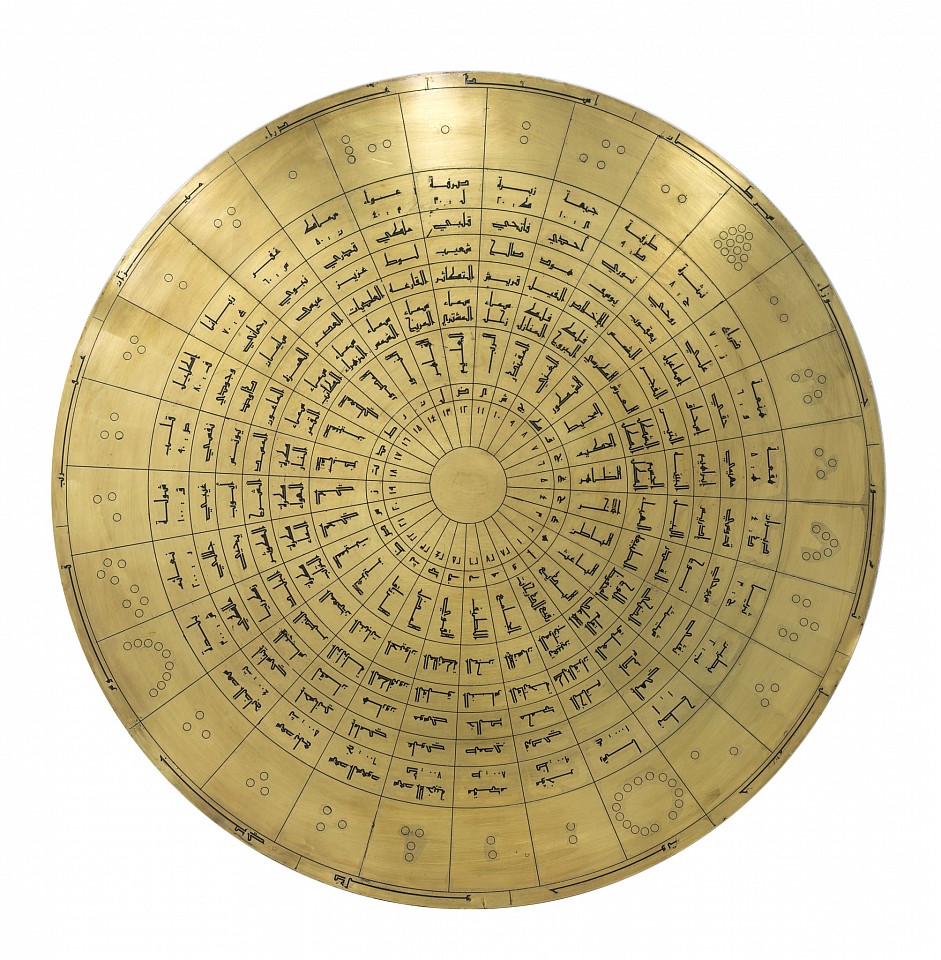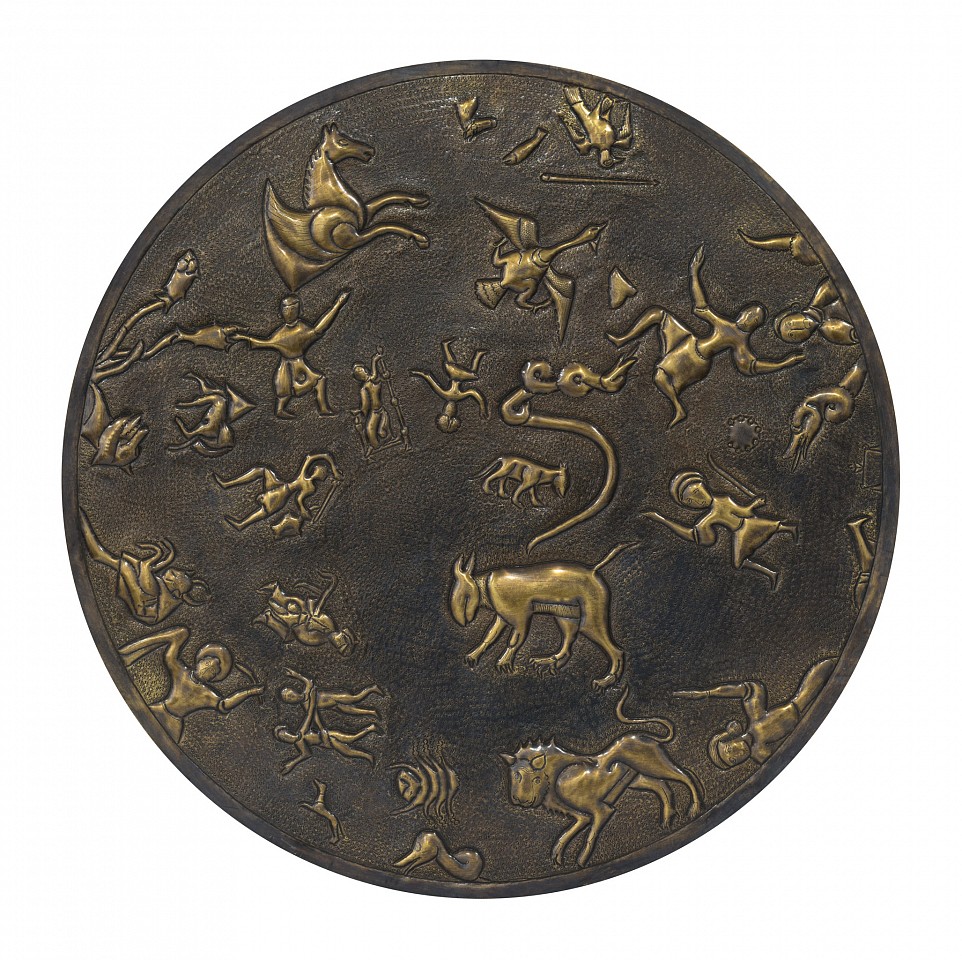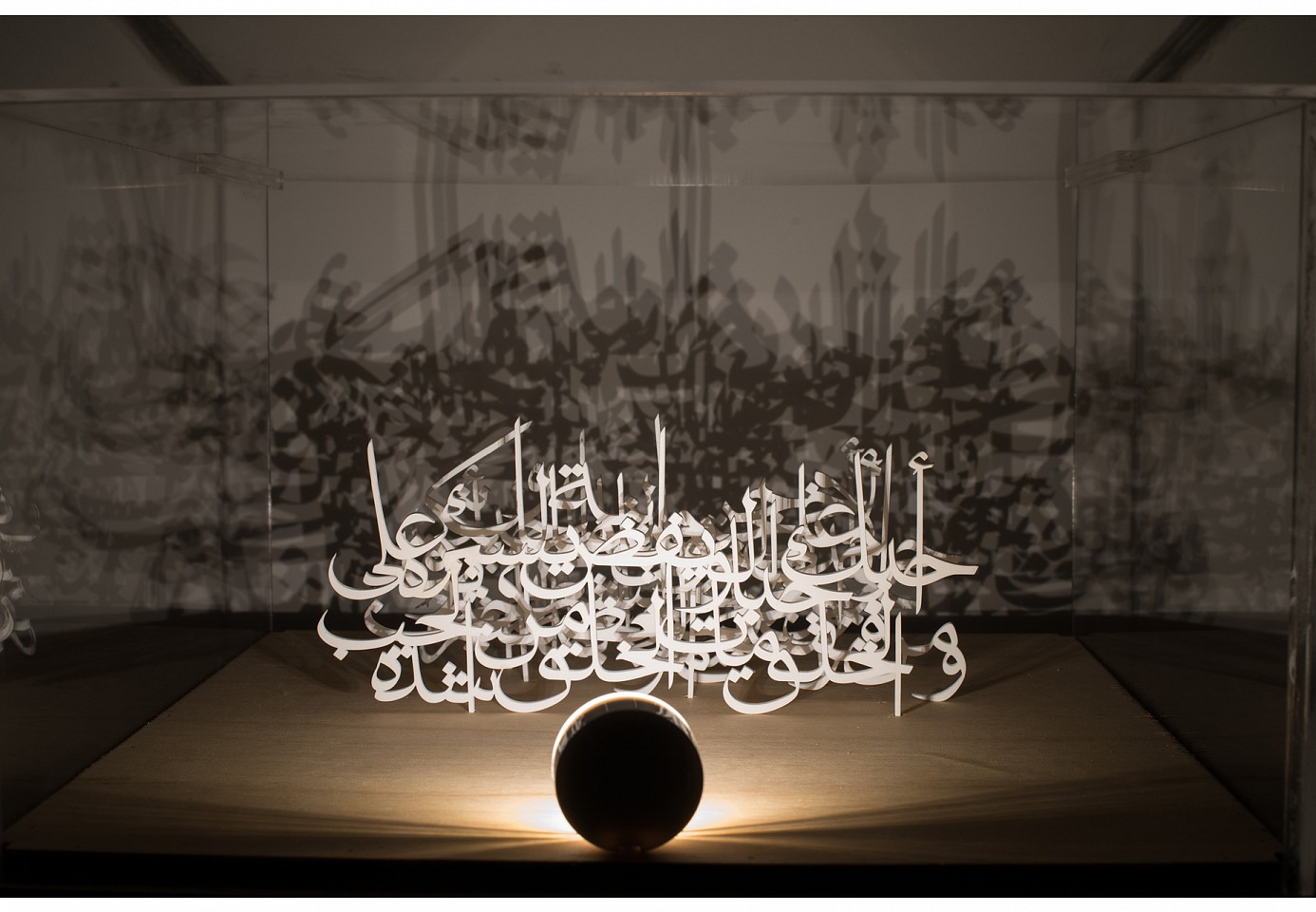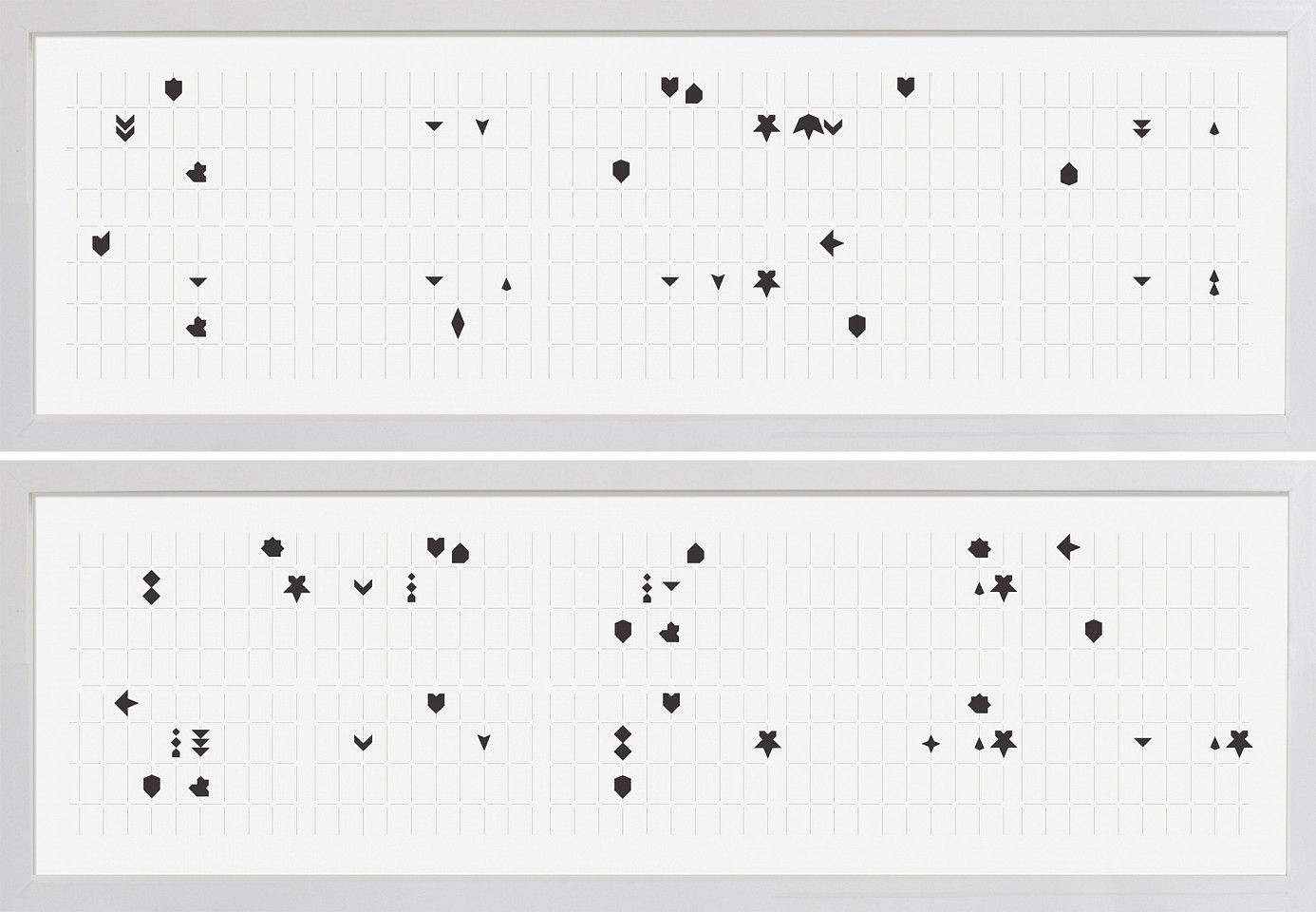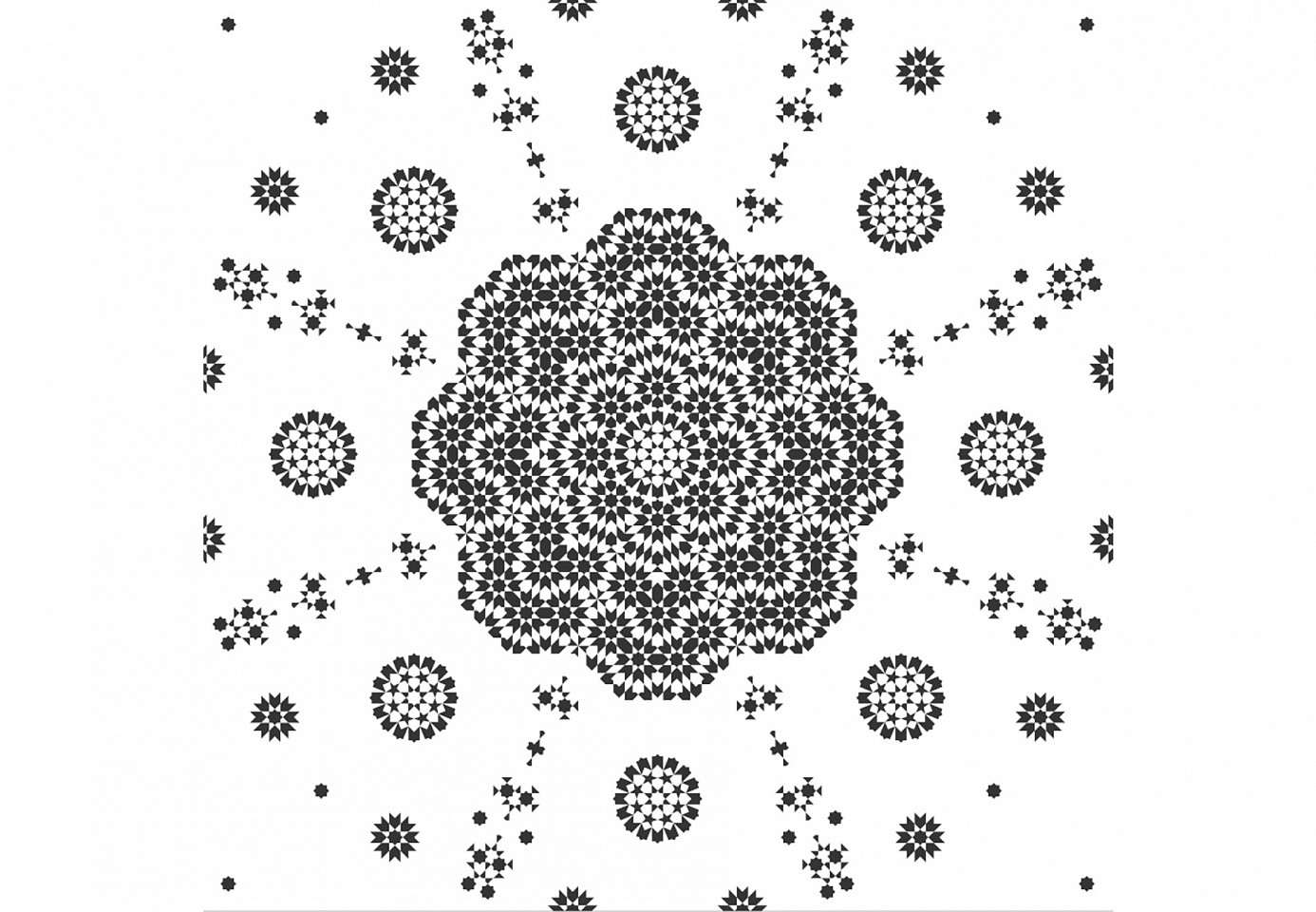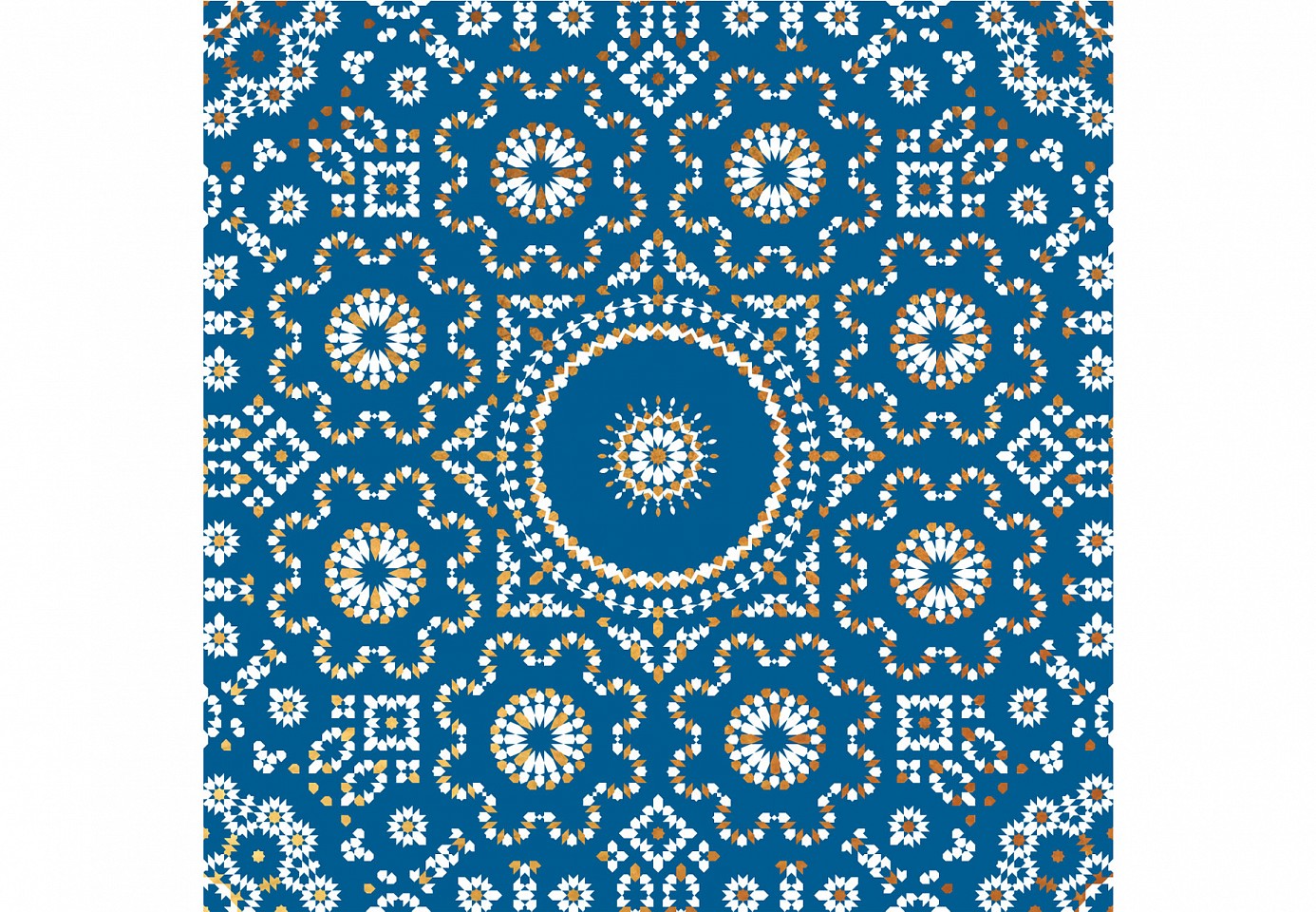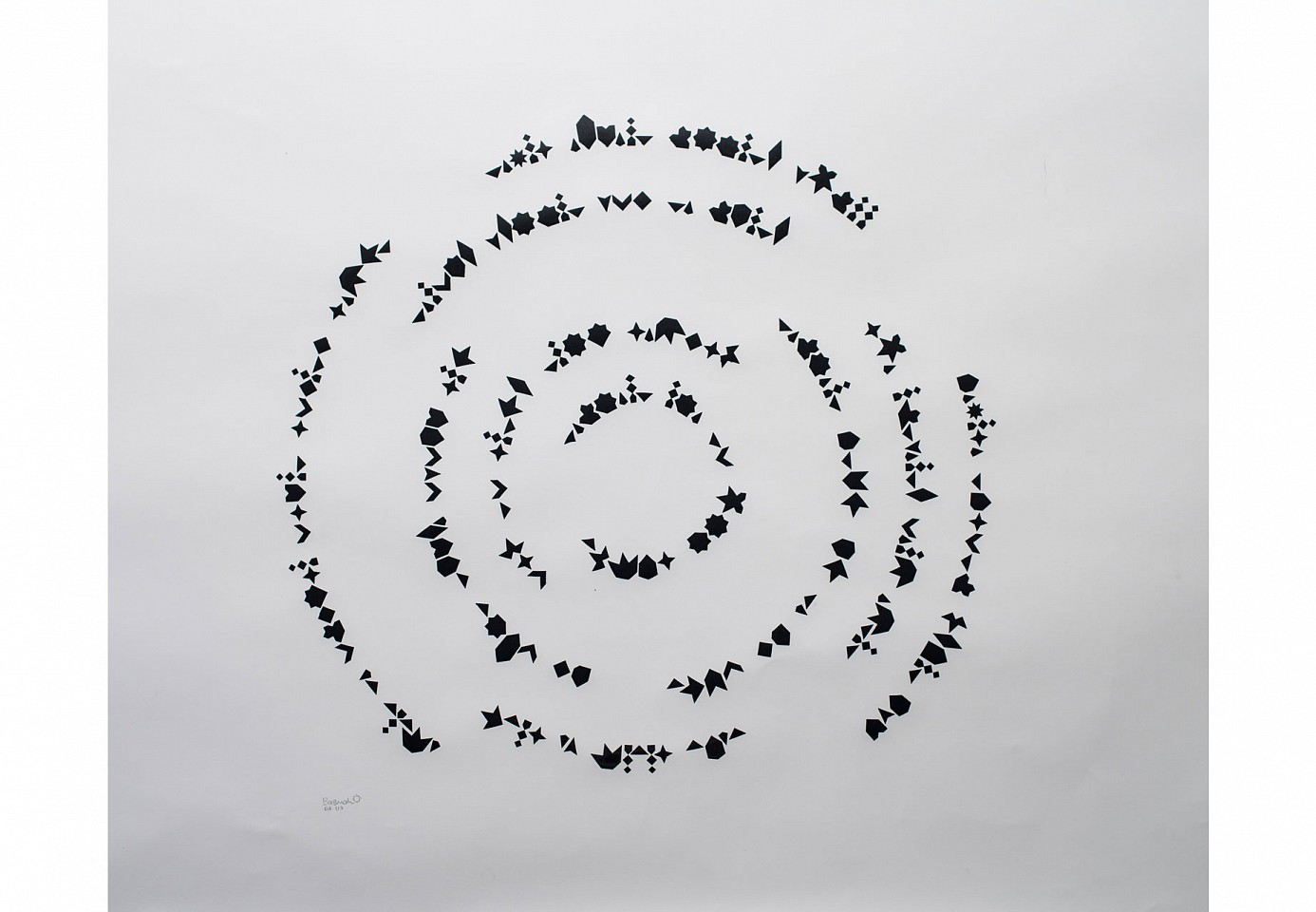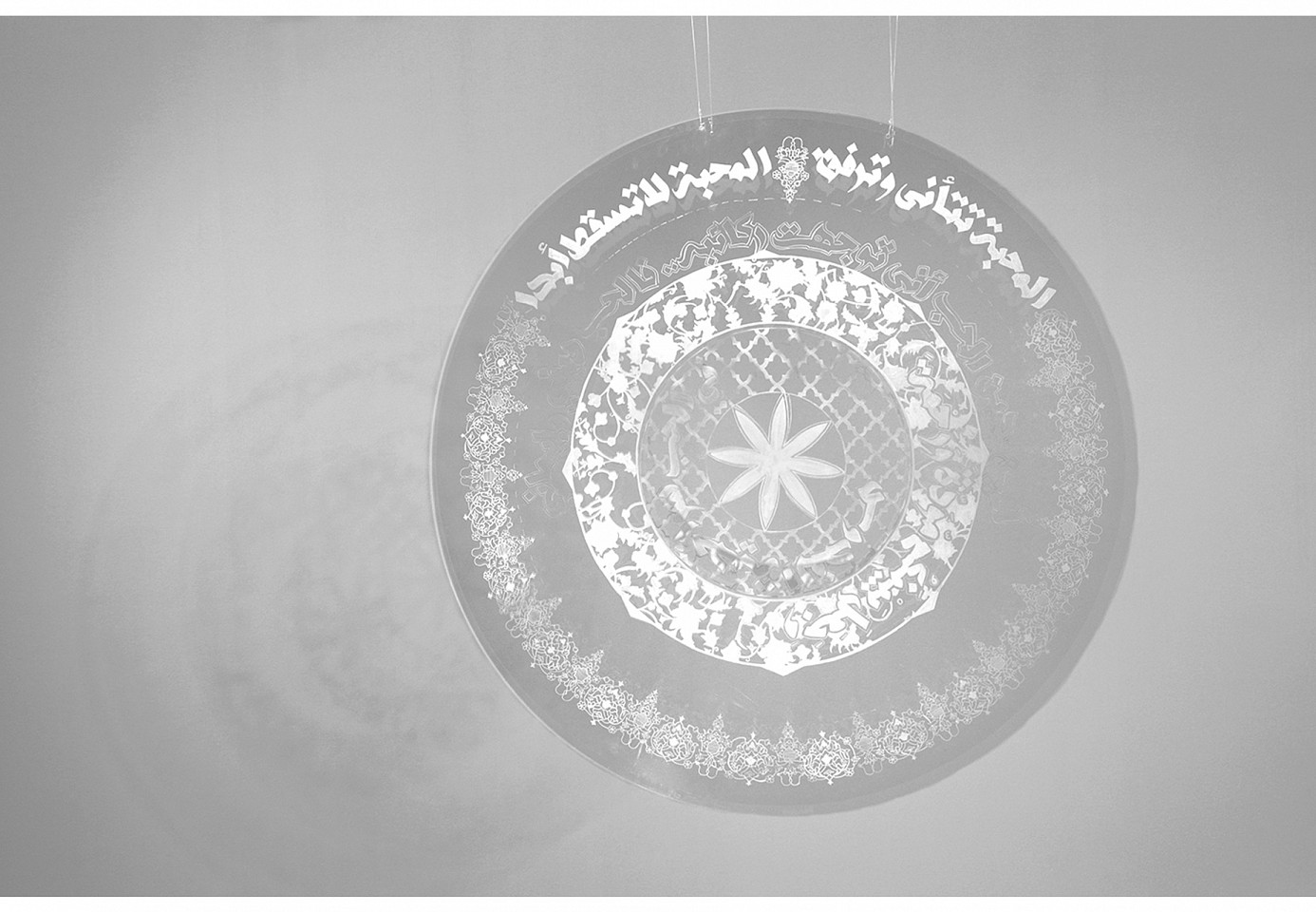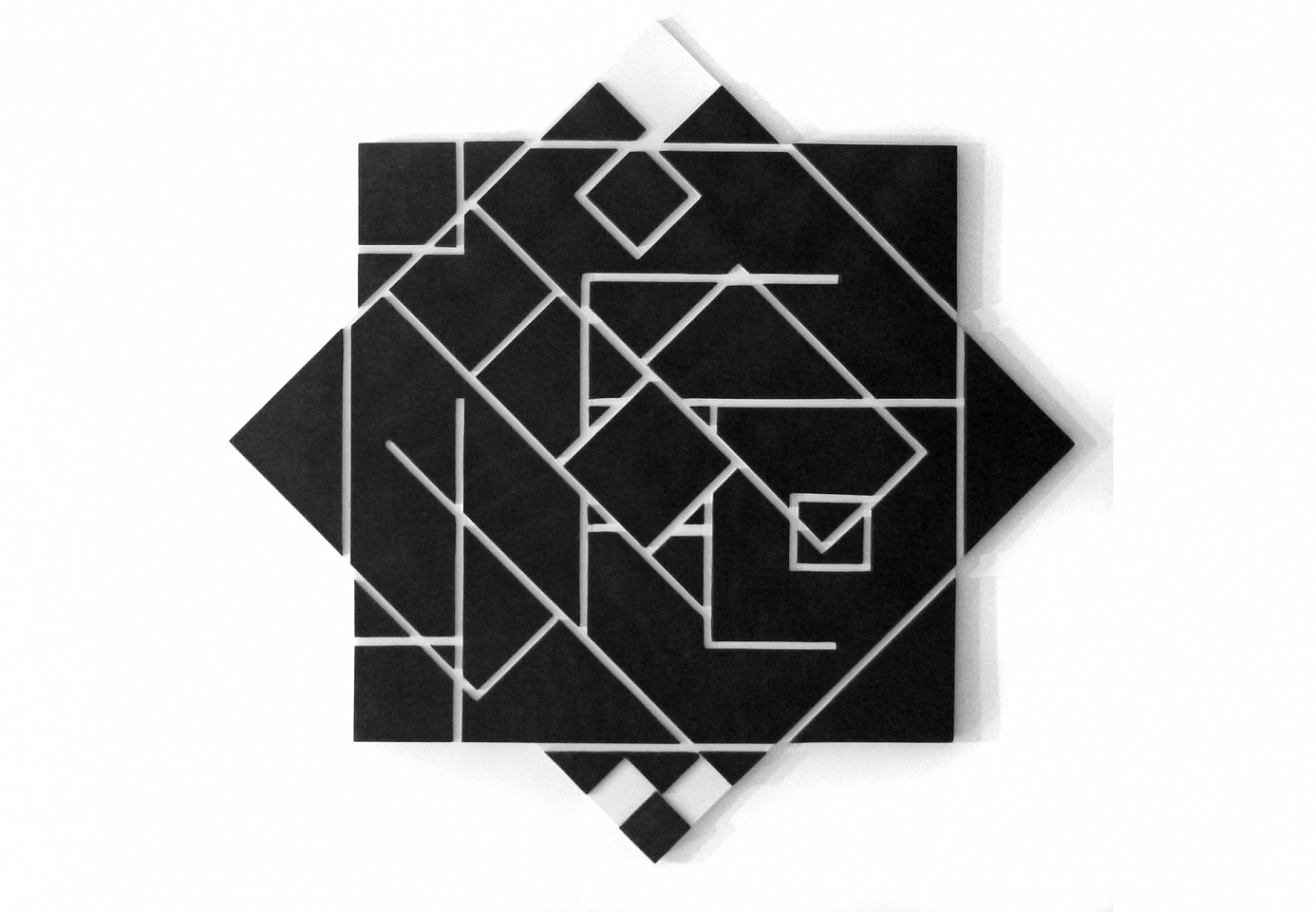Basmah Felemban
Basmah Felemban
The Journey from creatures to God, 2017
Engraved copper
BAF0028
Basmah Felemban
The Journey in God by God, 2017
Engraved copper
BAF0031
Basmah Felemban
It is He Who brings out the living from the dead, and brings out the dead from the living, 2014
Mixed Media Installation
26 x 45 x 45 cm (10 3/16 x 17 11/16 x 17 11/16 in.)
Edition of 5
BAF0020
Basmah Felemban
Last seen, 2014
Silkscreen pencil on paper
152 x 112 cm (59 13/16 x 55 7/8 in.)
BAF0013
Basmah Felemban
Pre(ab)sence, 2014
UV digital print
125 x 125 cm (49 3/16 x 49 3/16 in.)
From the Sama Dance series
BAF0007
Basmah Felemban
Pre(ab)sence II, 2014
UV digital print
125 x 125 cm (49 3/16 x 49 3/16 in.)
From the Sama Dance series
BAF0012
Basmah Felemban
Qif Bil Tawaf, 2014
Work on paper
65 x 65 cm (25 9/16 x 25 9/16 in.)
Edition of 3 + 1 AP; From the Last Seen...series
BAF0017
Basmah Felemban
Love, 2013
White acrylic ink on plexi
110 x 110 cm (43 1/4 x 43 1/4 in.)
BAF0003
Basmah Felemban
Jeem, 2012
Acrylic on plywood
115 x 115 cm (45 1/4 x 45 1/4 in.)
Edition of 3
BAF0002
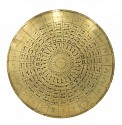
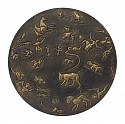







Jeem is inspired by a poem written by the Sufi scholar Mohammed Abdul Jabbar Al-Nafari on the science of letters:
الØر٠يسري Øيث القصد
جيم جنة جيم جØيم
وقال لي من أهل النار، قلت أهل الØر٠الظاهر،
قال من أهل الجنة، قلت أهل الØر٠الباطن،
قال ما الØر٠الظاهر، قلت علم لا يهدي إلى عمل
قال ما الØر٠الباطن، قلت علم يهدي إلى Øقيقة
A letter leads the way to intention, H, heaven, H, Hell.
He said to me ‘who are the people of Hell?’, I said ‘the people of the outer letters’
He said to me ‘who are the people of Heaven? I said ‘the people of the inner letters’
He said what is the outer letter? I said ‘wisdom that does not lead to work’
He said what is the inner letter? I said ‘wisdom that leads to truth’.
The poem sheds light on a fascinating and mysterious aspect of the Arabic language. Many Islamic scholars believe that there are two facets to every letter, al-zaher - an outer facet and al-baten - an inner facet. The outer relates to the function of the letter in everyday use. The inner relates to the hidden character of the letter; Ibn Arabi said “letters are like a nation of individuals, each with his own duty and obligation”, implying that each letter has its own existence and personality, that is longing to be acknowledge and admired.

